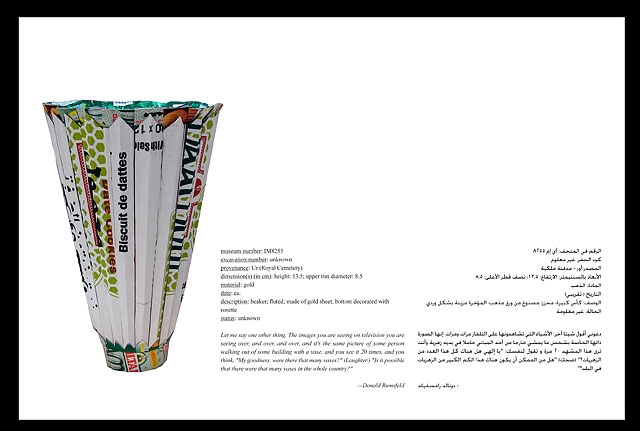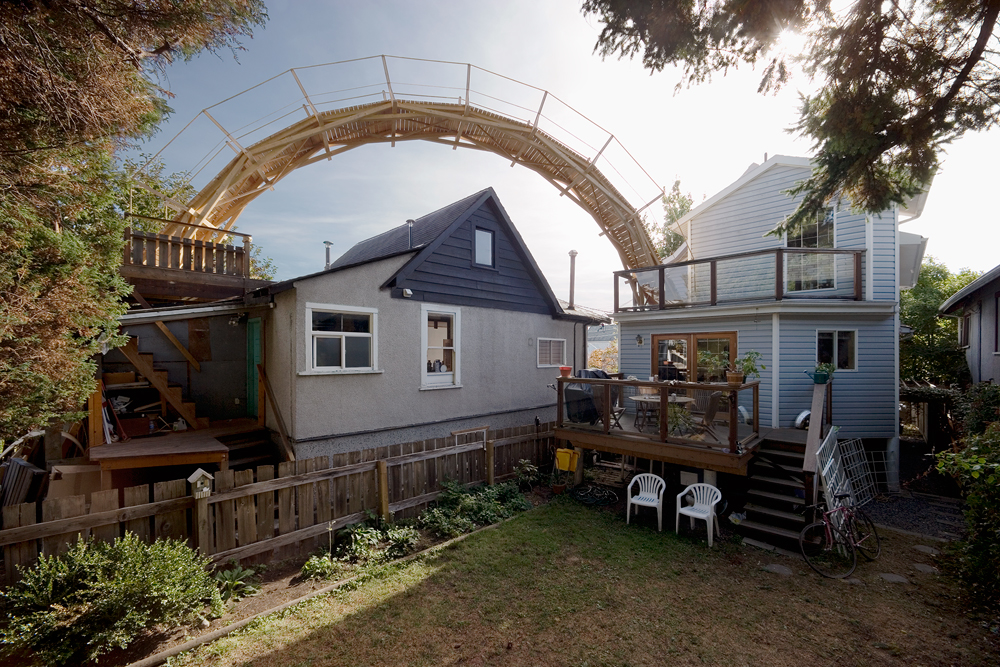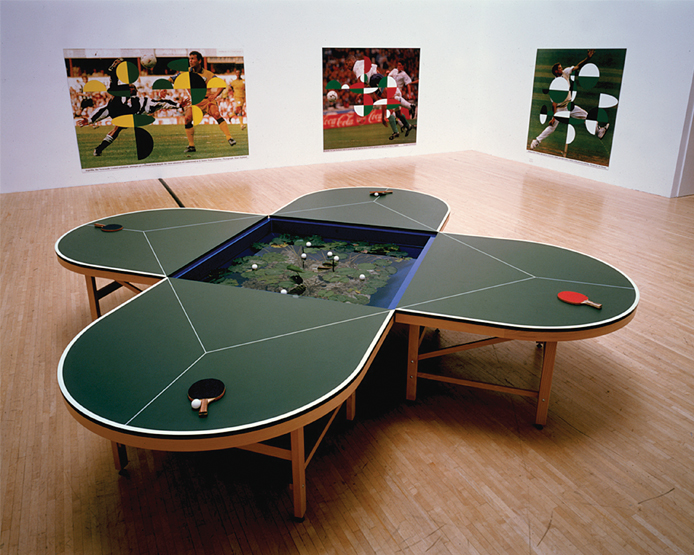Assignment, “Common” Images, Objects, Materials
Do additional research on the concept of “The Commons”
Bring to class, you’ll need a bag or suitcase to carry
-Images and representations which intersect with ideas of “the commons” as common spaces, icons of “communality”, etc. Be open and and associative with your image gathering. Your images can come from magazines, newspapers, etc. if you print from the internet please make it a decent quality print (colour or black and white, but consider the quality of paper and ink you are using), you can bring in drawings and sketches etc.
-“Common/s” objects, or objects which intersect with the idea of the commons. Bring in objects, be open and interpretive.
-Common/s materials, materials which represent, enact, reflect, associate with, and intersect with the idea of The Commons, (Fabrics, building materials, papers, colour paper, graph paper, tin foil, Glass, think about how any of these could relate associatively or literally to the ideas). Be open and try to bring a range of materials.
-We will work with these materials, first by categorizing and analyzing them. We will make a common resource of some of them so bring at least some materials you are willing to share. Try to bring larger samples/amounts, At least some of what you bring should be over 12″x12″ or much larger.
*notice that I have asked for images/objects/materials that “intersect” with the idea. That is they do not have to “illustrate” or “represent” the idea (but they can and at least some of your examples should), but they may also come at right angles to the idea, that is they may present the opposite (what would that be? the exclusive, the private, the “uncommon”?), or some other idea which crosses over, or comes at right angles to (intersects with) the idea of the commons.
Michael Rakowitz
“Beside each object lies a museum label with factual details about the lost object. Serving as a display structure for the recreated artifacts is a long continuous table, whose shape derives from the measurements and layout of the Processional Way.
The museum label for each reconstructed artifact lists its museum number, provenance, and other identifying facts. Replacing the narrative information about each lost object are quotes from Iraqi archeologists, American military commanders, and others reacting to the looting, resulting in a fragmented dialogue across the display table.”
Los Carpinteros
Steve Rowell
Reece Terris , Bridge, 2006
Gabriel Orozco, Ping Pond Table (Mesa de ping-pong con estanque), 1998




